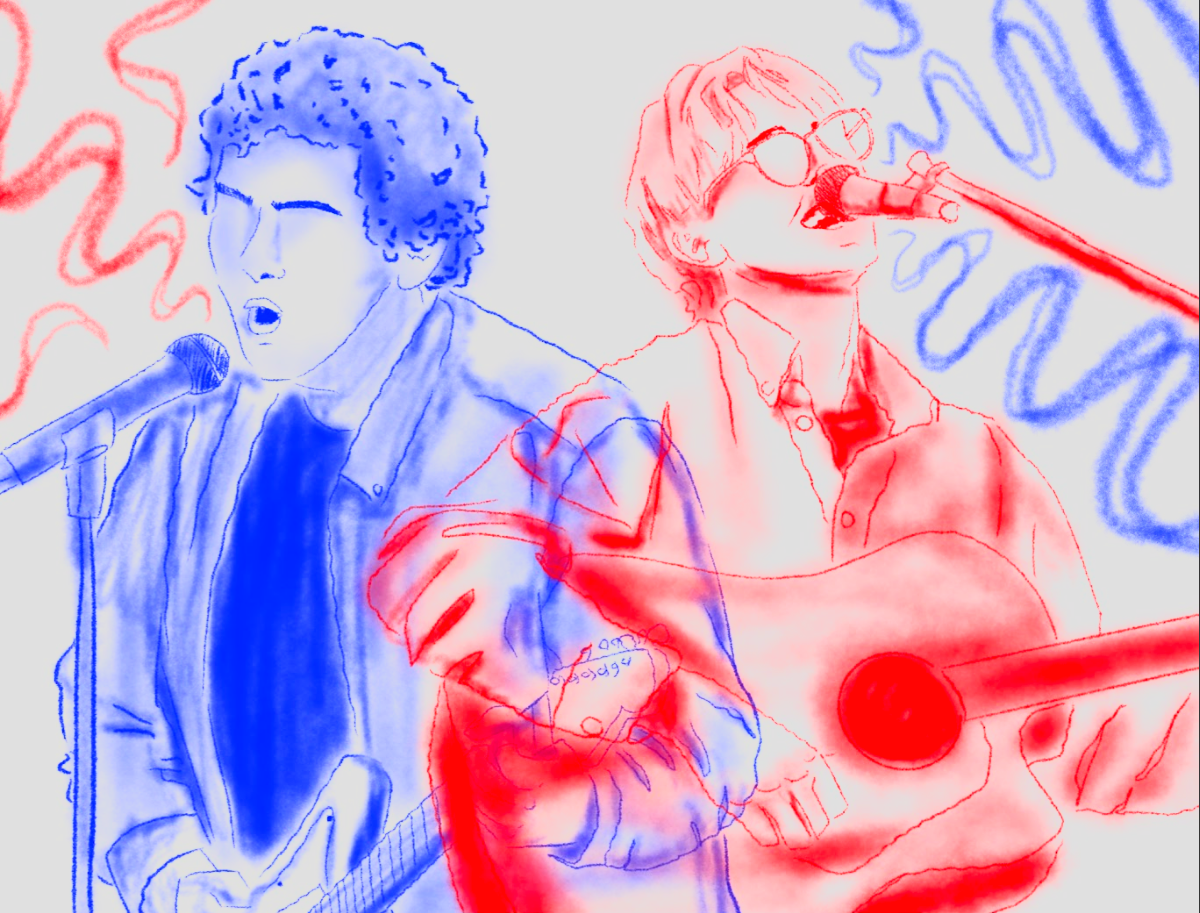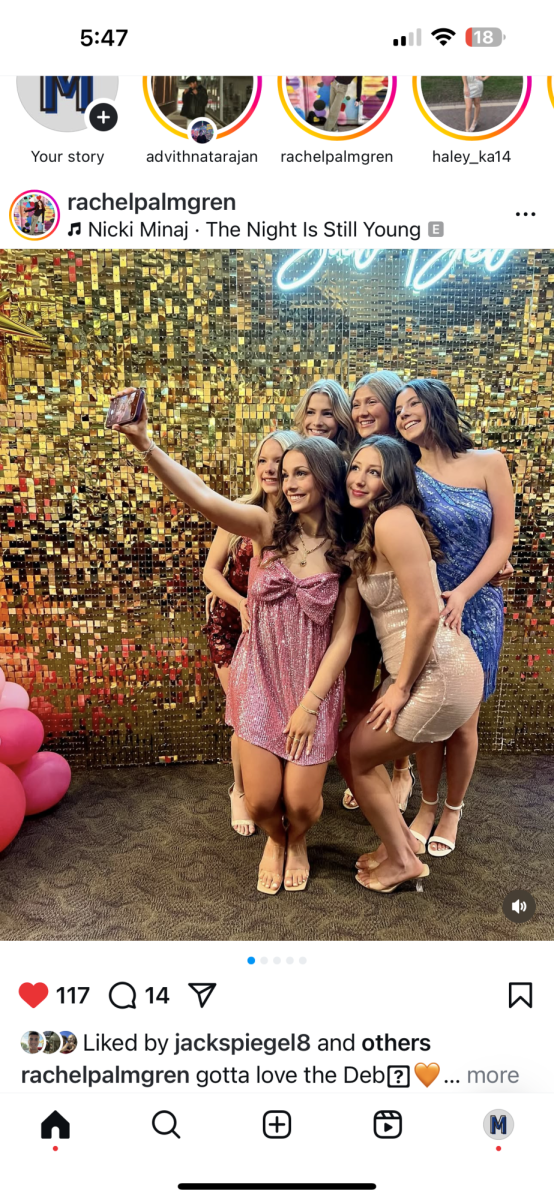Their own rhythm
Generation Z leads music industry in new direction
September 9, 2019
Music — it’s a daily habit for most. In the car. In the shower. Walking to math class. Doing homework. The rhythmic beats and melodies we adore have become an almost instantaneous commodity provided at the push of a “shuffle play” button.
For those in the music community, there’s a new, ever-changing market audience spearheading industry trends that can last as short as three months or as long as three years: Generation Z.
A generation built on the lightening-connection lifestyle of the internet age, Gen Z-ers are fast-tracking music trends and redefining the typical standards, forcing the industry to look at and market music in an ultramodern, unique way never before seen.
According to a June report from Youth Pulse Inc. — a market group aimed at providing news, commentary and research on Gen Z and Millenials — 60 percent of young consumers said they listen to a mix of different music genres, with 78 percent in a later survey agreeing their music tastes fall into multiple music categories, known to insiders as “genre-blending.”
This new set of music tastes is leading to huge industrial change, helping make the careers of staple Gen Z artists such as Lil Nas X and Billie Ellish, both early adopters of genre-blending. Both musicians sparked wide debate as to which genre their music fell into; the catch, however, is the debate actually benefited the artists, bringing attention to their music and helping launch the trend as an industrial advantage.
As a result, Gen Z’s genre-blending has created a new branding strategy for professionals to bring attention to up-and-coming artists. Rising artists are now not only following Nas X and Ellish’s footsteps but are encouraged to do so by executives as a way to set themselves apart in the music scene.
By encouraging artists to generate popularity with small-scale hits that make attention on platforms aimed at young audiences, such as SoundCloud, TikTok or Youtube, artists are able to keep their “indie” or “alternative” audience while rising to high levels of success.



